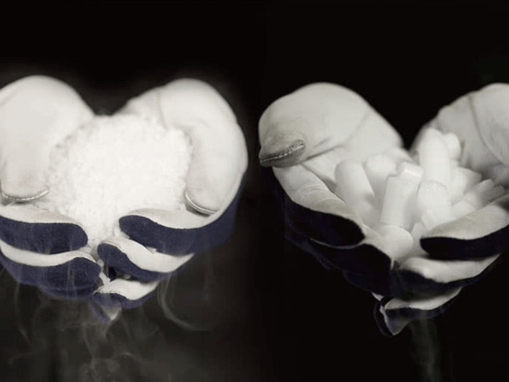The Coolest Guide for Dry Ice Handling Safety
At Cold Jet Academy, safety is our top priority. Today, we're excited to share a comprehensive guide on the safe handling of dry ice. This essential resource aims to equip you with the knowledge and best practices necessary to ensure your safety and of those around you.

Understanding the Properties of Dry Ice
Dry ice, which is solidified carbon dioxide (CO2), has a temperature of -78.5°C (-109.3°F). It presents unique handling challenges due to its extreme coldness.
Always use appropriate personal protective equipment (PPE). This includes insulated gloves, safety goggles, and long-sleeved clothing for handling dry ice to prevent skin contact, which can cause frostbite or burns.

Safe Storage and Transportation
Keep dry ice in a well-ventilated and insulated container to prevent the accumulation of carbon dioxide gas. When moving it, make sure there is adequate ventilation in the vehicle, and avoid storing dry ice in airtight containers to prevent pressure buildup. For additional information consult your local dry ice supplier, who can provide you with relevant safety and product documentation.
We encourage everyone to familiarize themselves with these guidelines to promote a safe environment when handling dry ice. Get in contact with your local dry ice supplier or Cold Jet Service if you have any more questions or click here to find more CO2 safety.
If you have any questions, please contact us!
Click here to access previous editions of Cold Jet Academy.
.png) English
English.jpg?width=1697&height=540&name=CJ%20ACADEMY%20FOR%20CUSTOMERS%20EMAIL%20SIGNATURE%20CJ%20CONNECT%20(003).jpg)
